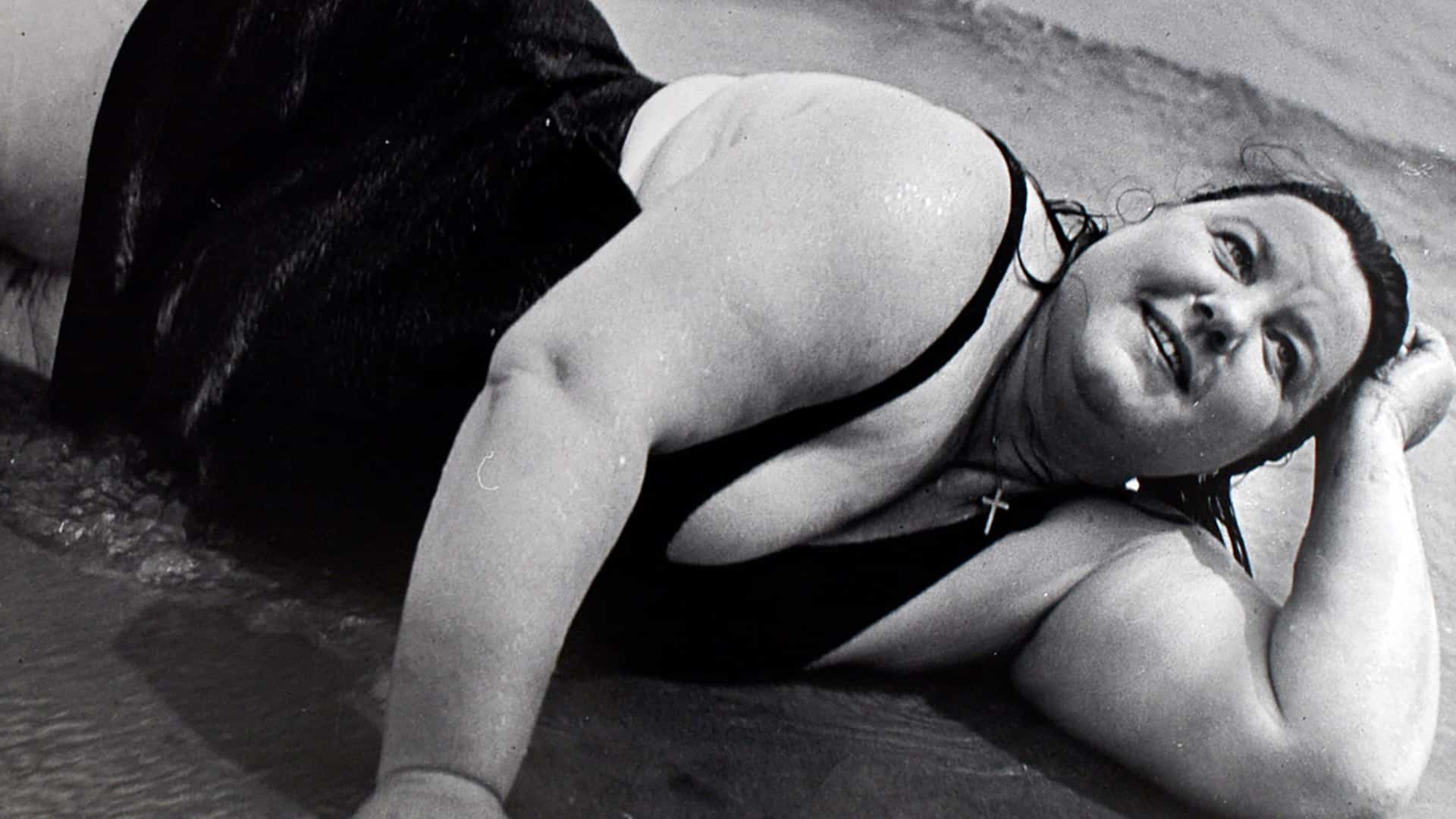Featuring a selection of images from the 1930s through the 1970s, an exhibition at Baudoin-Lebon gallery in Paris allows us to rediscover some landmark series in the career of the pioneering street photographer, Lisette Model.

You’re getting blind.
Don’t miss the best of visual arts. Subscribe for $9 per month or $108 $90 per year.
Already suscribed ?
Read more : Rivka Katvan: Timeless New York



